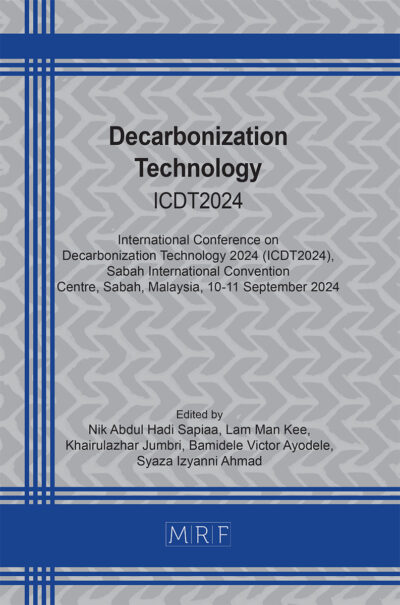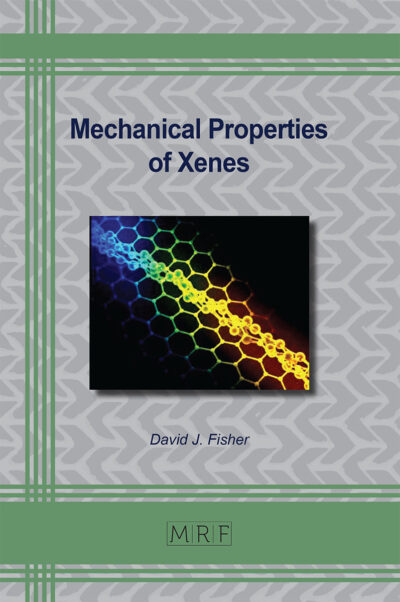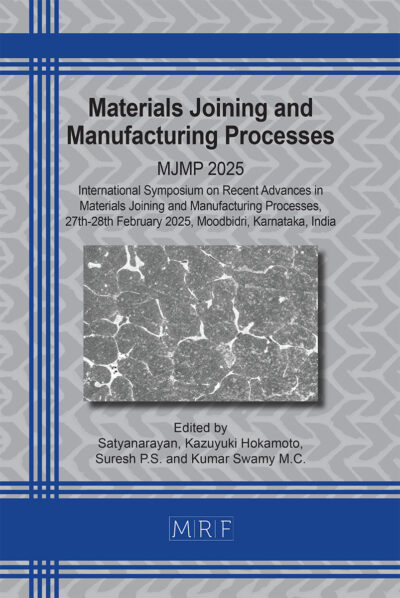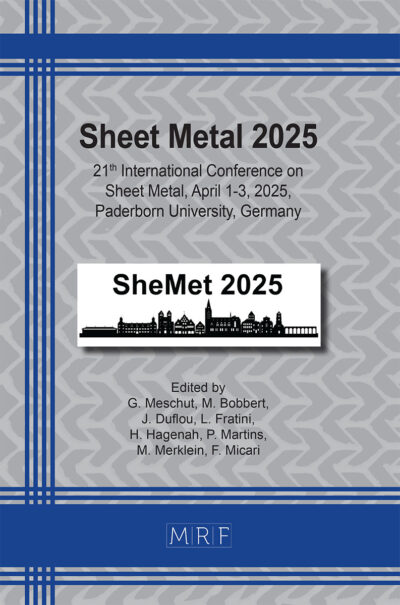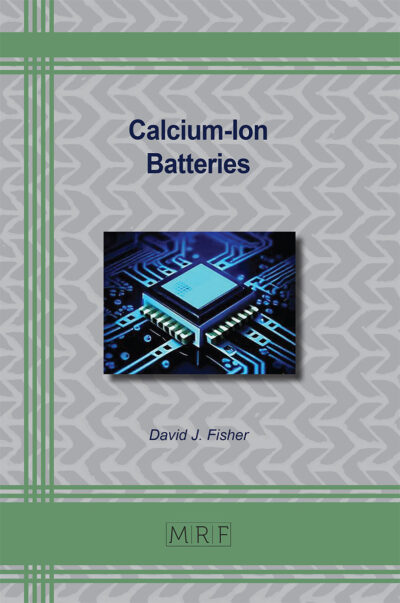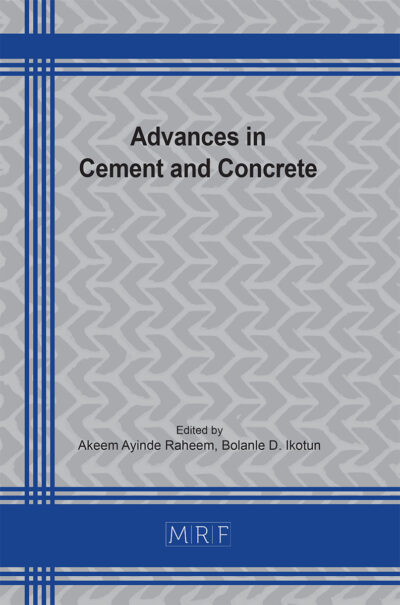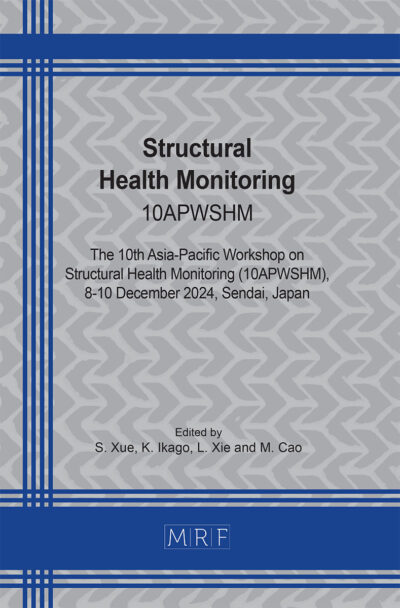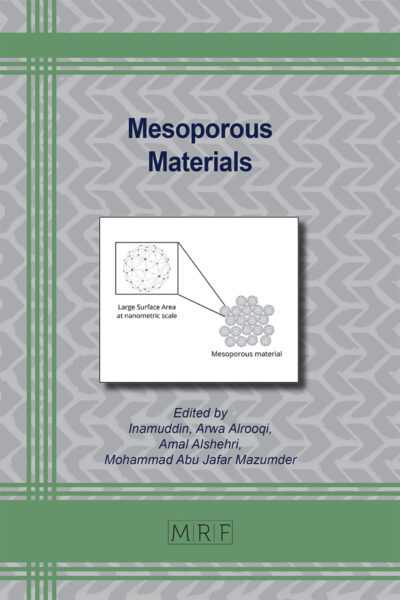Rubber waste tyre: Effect of temperature on pyrolysis char yield and properties
HO Tze Jing, RAMLI Raihan Mahirah, MOHD HASHIM Muhammad Firdaus, SAIDIN Khairul Afizan
Abstract. Waste tyre pyrolysis is a viable technology to convert tyres into useful products such as pyrolysis oil, fuel and gas. Most of the research focus on investigating the effect of pyrolysis operating parameters on the oil product. With the increasing applications of the solid char produced, it is found that no detailed investigation on the effect of pyrolysis temperature on the char yield and properties. Thus, this project is aimed to determine the effect of pyrolysis temperature on tyre- derived char yield and properties. A total of three char samples were produced from rubber crumb, namely Char400, Char550 and Char700, corresponding to their pyrolysis temperature at 400°C, 550°C and 700°C respectively. Rubber crumb and these 3 char samples were sent to Fourier Transform Infrared Spectroscopy (FTIR), Elemental analysis of carbon, hydrogen, nitrogen and sulphur (CHNS), Scanning Electron Microscopy (SEM) and Brunauer-Emmett-Teller (BET) analysis for characterization purposes. It was found that increasing temperature from 400°C to 700°C led to significant char yield reduction from 76% to 36.25%. In terms of composition, Char400 has additional alkane and phenol functional groups indicating the main constituents in rubber crumb did not decompose completely at low temperatures. Furthermore, char produced at higher temperatures has lower carbon content, higher sulphur content, higher specific surface area, lower average pore width and more structured surface morphology. Overall, temperature affects char yield and properties significantly.
Keywords
Waste Tyre Pyrolysis, Pyrolysis, Temperature, Char Yield, Char Properties
Published online 4/25/2025, 9 pages
Copyright © 2025 by the author(s)
Published under license by Materials Research Forum LLC., Millersville PA, USA
Citation: HO Tze Jing, RAMLI Raihan Mahirah, MOHD HASHIM Muhammad Firdaus, SAIDIN Khairul Afizan, Rubber waste tyre: Effect of temperature on pyrolysis char yield and properties, Materials Research Proceedings, Vol. 53, pp 155-163, 2025
DOI: https://doi.org/10.21741/9781644903575-15
The article was published as article 15 of the book Decarbonization Technology
![]() Content from this work may be used under the terms of the Creative Commons Attribution 3.0 license. Any further distribution of this work must maintain attribution to the author(s) and the title of the work, journal citation and DOI.
Content from this work may be used under the terms of the Creative Commons Attribution 3.0 license. Any further distribution of this work must maintain attribution to the author(s) and the title of the work, journal citation and DOI.
References
[1] N. Gao, F. Wang, C. Quan, L. Santamaria, G. Lopez, and P. T. Williams, ‘Tire pyrolysis char: Processes, properties, upgrading and applications’, Prog. Energy Combust. Sci., vol. 93, p. 101022, Nov. 2022. https://doi.org/10.1016/j.pecs.2022.101022
[2] S. Dabic-Miletic, V. Simic, and S. Karagoz, ‘End-of-life tire management: a critical review’, Environ. Sci. Pollut. Res., vol. 28, no. 48, pp. 68053–68070, Dec. 2021. https://doi.org/10.1007/s11356-021-16263-6
[3] H. Chittella, L. W. Yoon, S. Ramarad, and Z.-W. Lai, ‘Rubber waste management: A review on methods, mechanism, and prospects’, Polym. Degrad. Stab., vol. 194, p. 109761, Dec. 2021. https://doi.org/10.1016/j.polymdegradstab.2021.109761
[4] G. I. Danmaliki and T. A. Saleh, ‘Influence of conversion parameters of waste tires to activated carbon on adsorption of dibenzothiophene from model fuels’, J. Clean. Prod., vol. 117, pp. 50–55, Mar. 2016. https://doi.org/10.1016/j.jclepro.2016.01.026
[5] ‘Infrared Spectroscopy Absorption Table’, Chemistry LibreTexts. Accessed: Feb. 25, 2024. [Online]. Available: https://chem.libretexts.org/Ancillary_Materials/Reference/Reference_Tables/Spectroscopic_ Reference_Tables/Infrared_Spectroscopy_Absorption_Table
[6] P. C. Tsipa, M. M. Phiri, S. A. Iwarere, N. M. Mkhize, M. J. Phiri, and S. P. Hlangothi, ‘The effect of pre-pyrolysis chemical treatment of waste tyre rubber crumbs: comparison between pre-treated and conventional waste tyre-derived oil’, J. Chem. Technol. Biotechnol., vol. 98, no. 5, pp. 1279–1289, 2023. https://doi.org/10.1002/jctb.7346
[7] F. Cataldo, ‘Preparation of Pyrolytic Carbon Black from Scrap Tire Rubber Crumb and Evaluation in New Rubber Compounds’, Macromol. Mater. Eng., vol. 290, no. 5, pp. 463– 467, May 2005. https://doi.org/10.1002/mame.200400388
[8] A. Chaala, H. Darmstadt, and C. Roy, ‘Acid-base method for the demineralization of pyrolytic carbon black’, Fuel Process. Technol., vol. 46, no. 1, pp. 1–15, Jan. 1996. https://doi.org/10.1016/0378-3820(95)00044-5
[9] S.-Q. Li, Q. Yao, Y. Chi, J.-H. Yan, and K.-F. Cen, ‘Pilot-Scale Pyrolysis of Scrap Tires in a Continuous Rotary Kiln Reactor’, Ind. Eng. Chem. Res., vol. 43, no. 17, pp. 5133–5145, Aug. 2004. https://doi.org/10.1021/ie030115m
[10] E. Manchón-Vizuete, A. Macı́as-Garcı́a, A. Nadal Gisbert, C. Fernández-González, and V. Gómez-Serrano, ‘Preparation of mesoporous and macroporous materials from rubber of tyre wastes’, Microporous Mesoporous Mater., vol. 67, no. 1, pp. 35–41, Jan. 2004. https://doi.org/10.1016/j.micromeso.2003.10.002
[11] M. F. Laresgoiti, B. M. Caballero, I. de Marco, A. Torres, M. A. Cabrero, and M. J. Chomón, ‘Characterization of the liquid products obtained in tyre pyrolysis’, J. Anal. Appl. Pyrolysis, vol. 71, no. 2, pp. 917–934, Jun. 2004. https://doi.org/10.1016/j.jaap.2003.12.003
[12] Y. Alhassan, N. Kumar, and I. M. Bugaje, ‘Catalytic upgrading of waste tire pyrolysis oil via supercritical esterification with deep eutectic solvents (green solvents and catalysts)’, J. Energy Inst., vol. 89, no. 4, pp. 683–693, Nov. 2016. https://doi.org/10.1016/j.joei.2015.05.003


